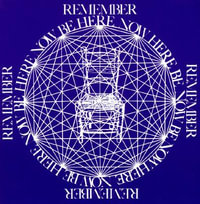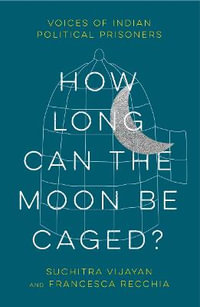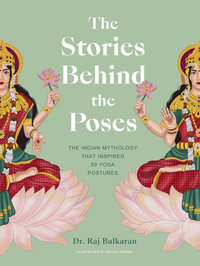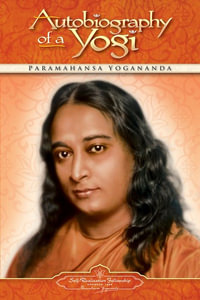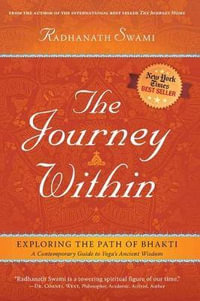The Ramayana epic centers around Rama, the crown prince of the city of Ayodhya, providing a profound meditation on the paradox of the hero as both human and divine. After rescuing a sage from persecution by demons. Rama attends a tournament in the neighboring city of Mithila where he wins the prize and the hand of Sita, the princess of Mithila. But a court intrigue involving one of the king's junior wives and a maidservant forces Rama into a fourteen-year banishment to the jungle with his wife, Sita, and his loyal brother Lakshmana. When Sita is abducted by the demon king Ravana, Rama goes to the monkey capital of Kishkindha to seek help in finding her. It is there that he meets Hanuman, the greatest of the monkey heroes. In exchange for the assistance of the monkey troops in discovering where Sita is held captive, Rama has to help Sugriva win the monkey throne over his brother, Valin. In the final book of the set, Hanuman leaps across the ocean to the island citadel of Lanka, where he scours the city for the abducted Princess Sita. But when Hanuman reveals himself to the princess and offers to carry her back to Rama, she nevertheless insists that Rama must come himself to avenge the abduction.
Included in this set:
Ramayana Book I: Boyhood
By Valmiki. Translated by Robert Goldman.
424 pages / 978-0-8147-3163-5
Ramayana Book II: Ayodhya
By Valmiki. Translated by Sheldon I. Pollock.
652 pages / 978-0-8147-6716-0
Ramayana Book III: The Forest
By Valmiki. Translated by Sheldon I. Pollock.
436 pages / 978-0-8147-6722-1
Ramayana Book IV: Kishkindha
By Valmiki. Translated by Rosalind Lefeber.
415 pages / 978-0-8147-5207-4
Ramayana Book V: Sundara
By Valmiki. Translated by Robert Goldman and Sally Sutherland Goldman.
538 pages / 978-0-8147-3178-9
Industry Reviews
"Here are stories and poems of great complexity and seeming simplicity, crafted with joy in the art of storytelling and delight in the nuance and patterning of words." Times Literary Supplement "A handsome new series of dual-language Sanskrit texts... No effort has been spared to make these little volumes as attractive as possible to readers." Times Higher Education Supplement "...a whole library, a whole literature, hot off the press, is now at last open and available to readers of English. It is more than two hundred years since Goethe remarked, after reading some very inadequate translations, that all earthly beauty is condensed into Kalidasa's Sakuntala. Was he exaggerating? Now you can make up your own mind." --David Shulman, The New Republic "Small, elegant books, beautifully printed, sparsely annotated, and bilingual... This arrangement naturally delights students of Sanskrit, who may dispense, at least temporarily, with their dictionaries and grammar books; but you do not have to know Sanskrit to enjoy reading these volumes." The New Republic "The appeal of these books, the reason they stuck around long enough to become classics in the first place, is often their simplicity, the apparently effortless way so many of them distil complex truths into parables that resonate for people and in places distant from the works' authors or origins." Harper's Magazine "Magnificent. Built by the best Sanskrit translators of our time, the CSL launched new translators who brought works that had languished in obscurity into modern English." World Literature Today "These translations promise to revolutionize our sense of the Indian past: it is the greatest publishing project of recent years." Pankaj Mishra "A marvellous new venture. Modelled on the Loeb Library of Greek and Latin classics, the Clay Sanskrit Library presents masterpieces of Sanskrit poetry, drama, and prose in a dual language format ... one of the most admirable publishing projects now afoot." New Criterion "Geek-chic."BookForum "You needn't be a scholar to enjoy this wondrous poem [Buddhacarita], which continually marvels us with its grand gestures: moments of divine intervention, political assassination plots, infernal visions and hellish battles with chimerical fiends. Recent pop culture has tackled the Buddha, from fantastic depictions (see Osamu Tezuka's eight-volume manga interpretation of his life) to the absurd (one thinks of a bronzed Keanu Reeves strutting as Siddhartha in Little Buddha). Yet you would be hard pressed to find anything that ranks close to the Buddhacarita, which still mesmerizes with its vividness and sheer audacity." Time Magazine "Very few collections of Sanskrit deep enough for research are housed anywhere in North America. Now, twenty-five hundred years after the death of Shakyamuni Buddha, the ambitious Clay Sanskrit Library may remedy this state of affairs...a good place to experience some deeply human poetry." Tricycle magazine "The texts reflect the vibrant literary culture of the classical Sanskrit period, taking readers on an adventurous journey through the palaces and gardens of ancient India."East-West Times

